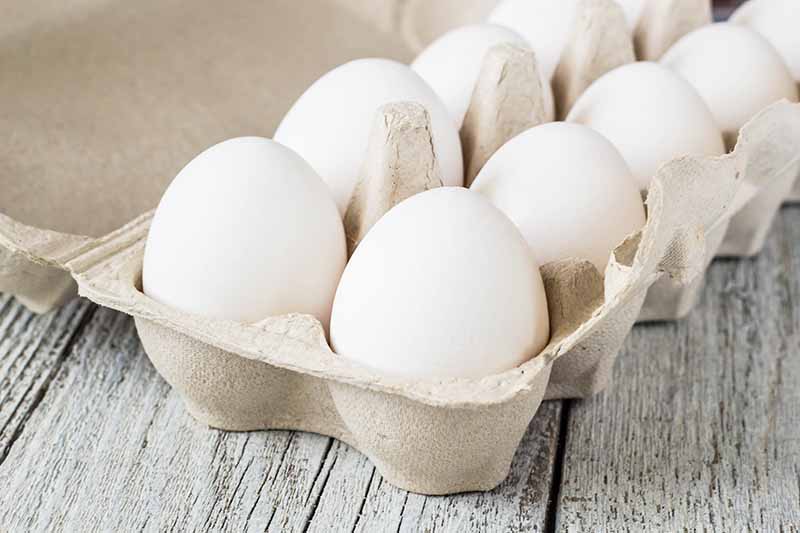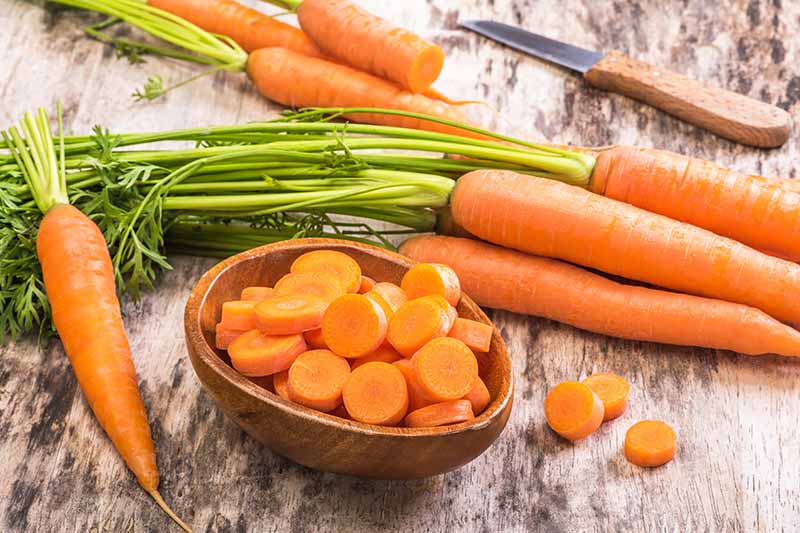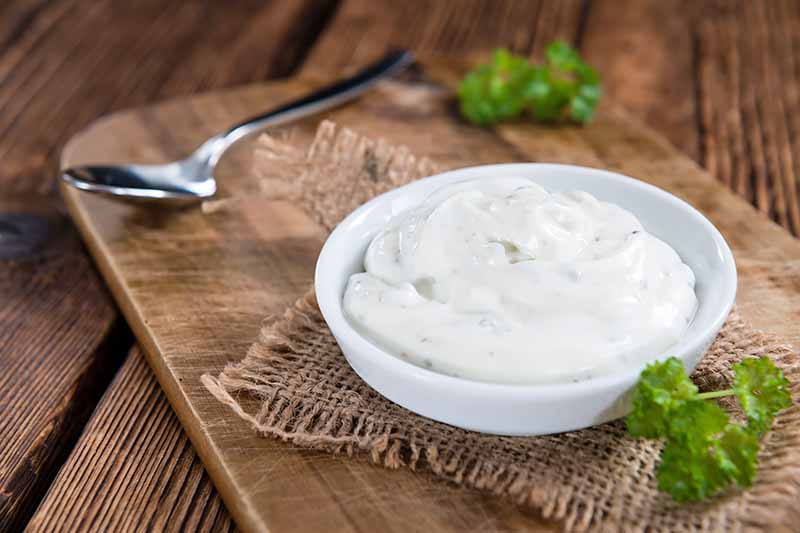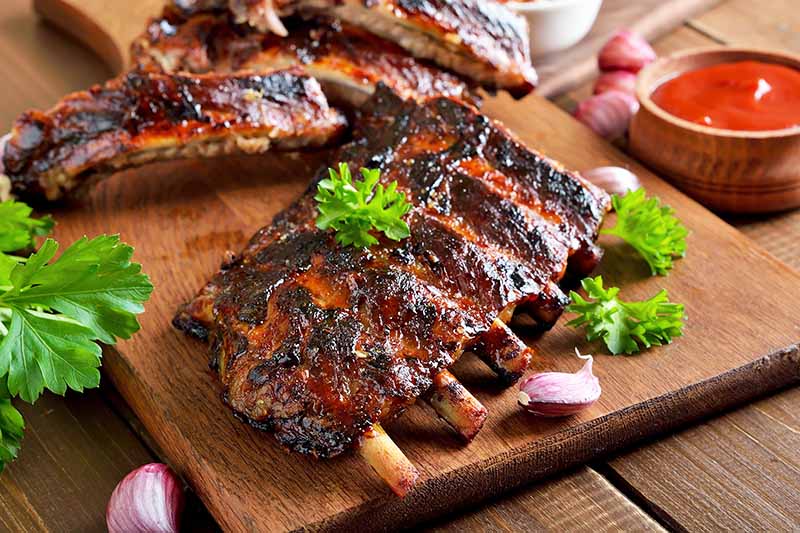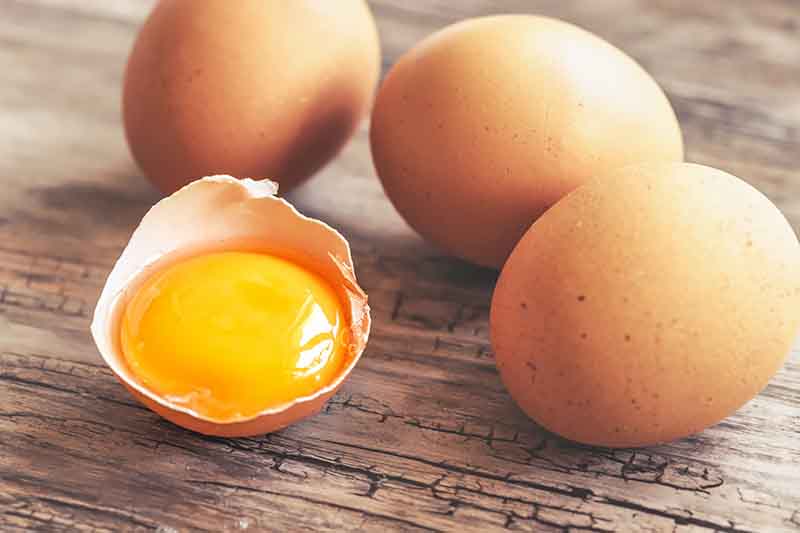Free-Range and Conventional Eggs: What’s the Difference?
Have you noticed the case at the grocery store is starting to resemble a designer showroom with displays of multiple types of eggs? Join us as we compare free-range and conventional eggs to determine if one is superior to the other, and whether a better lifestyle for the chickens translates into a healthier product.

